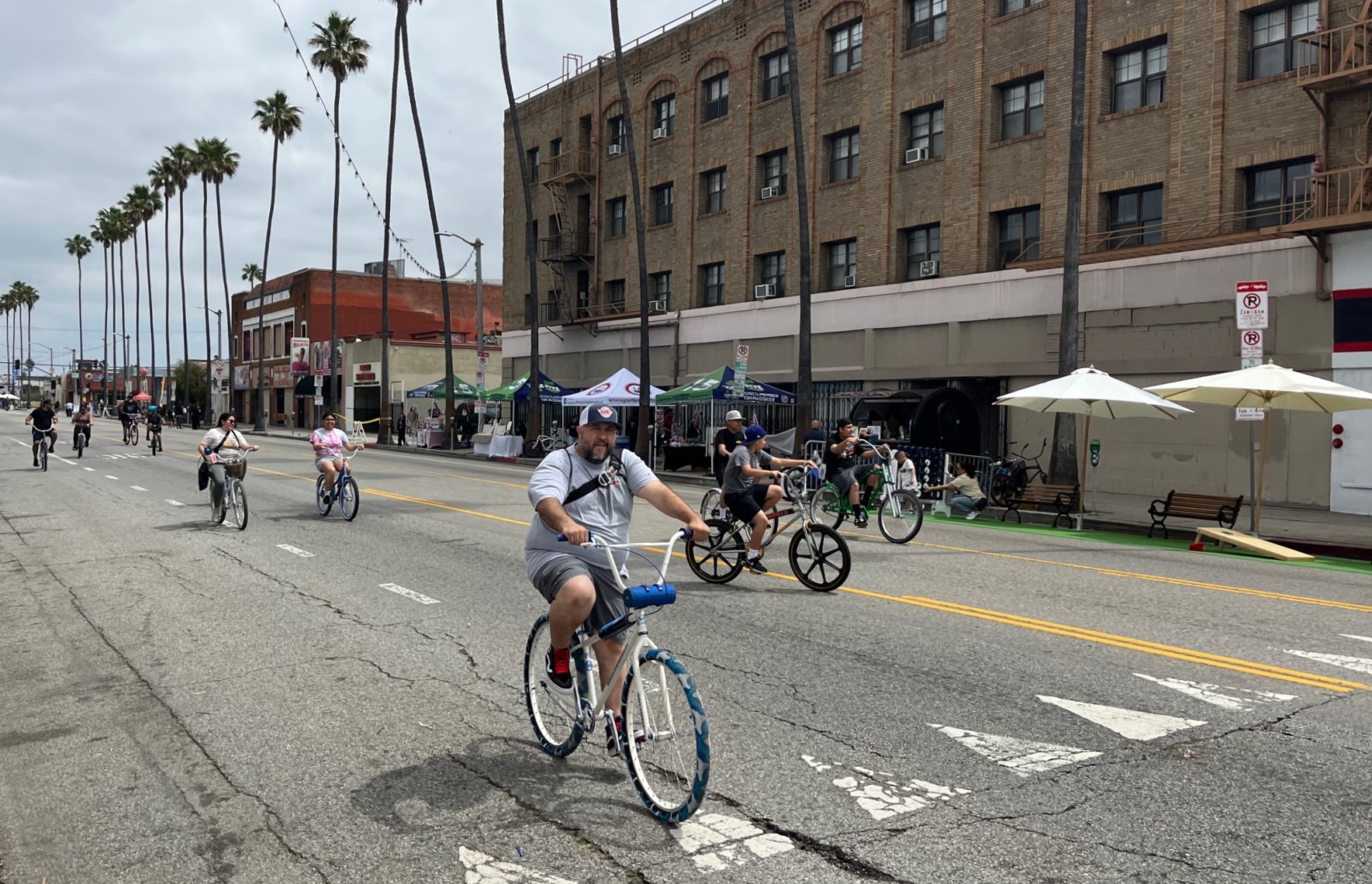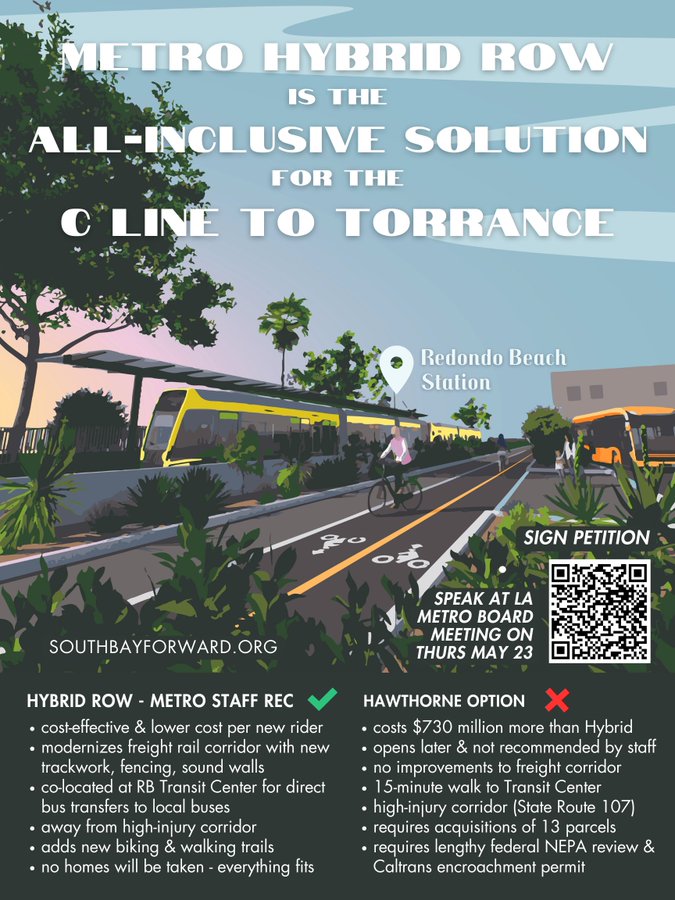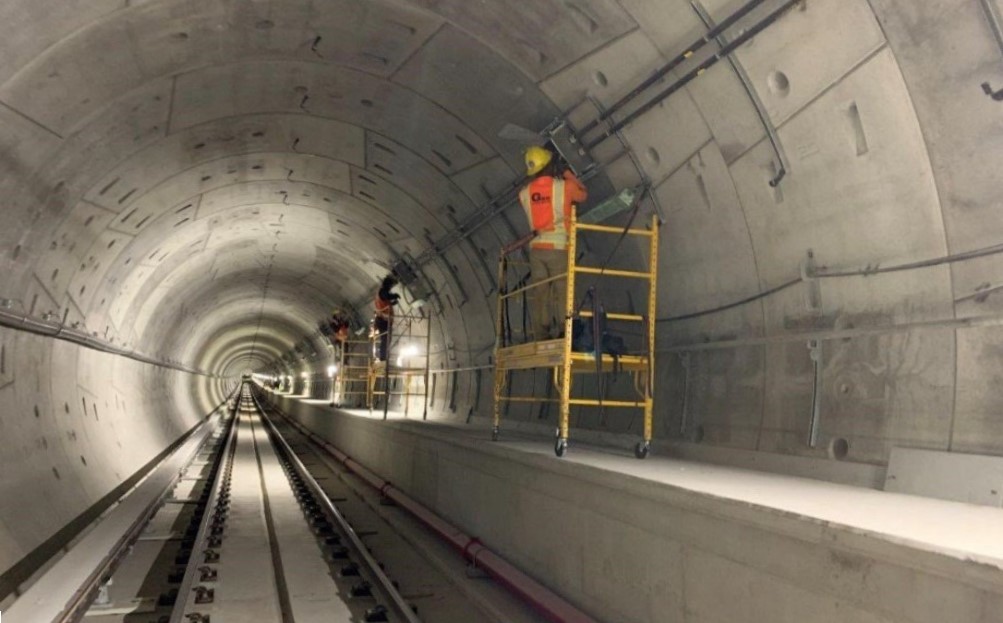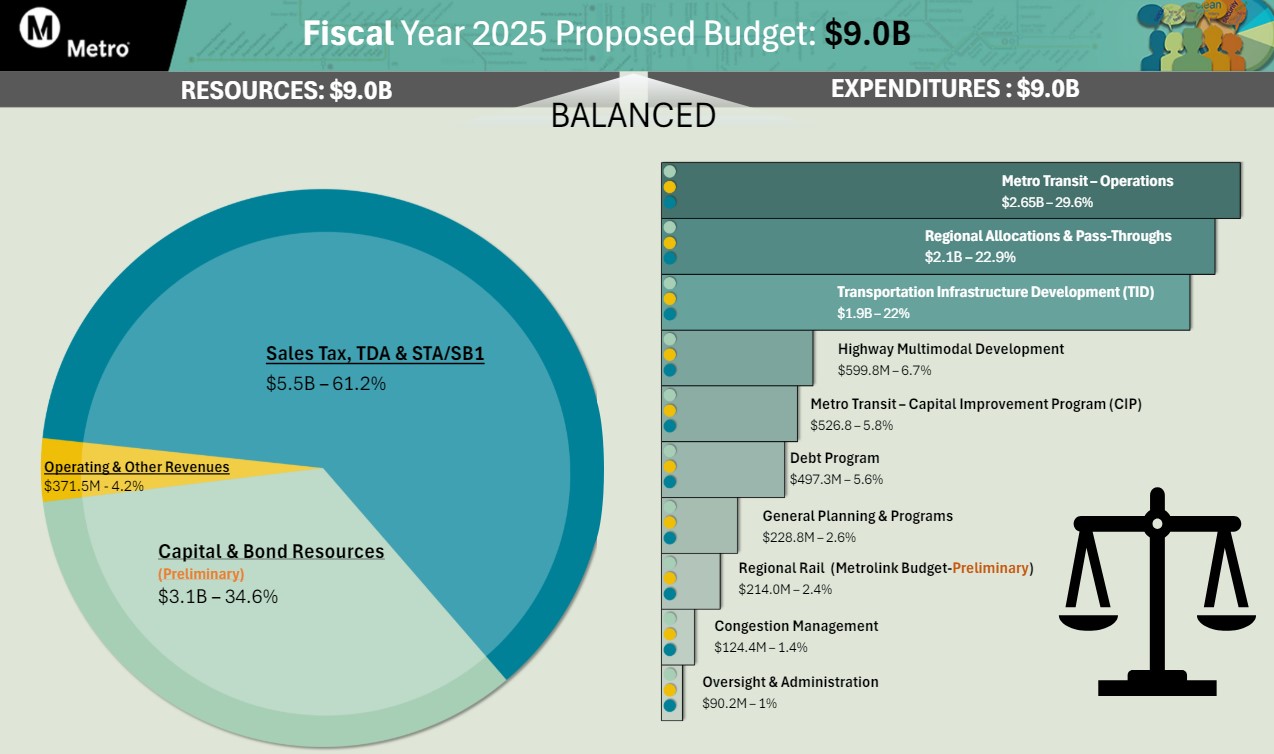Editor’s note: This year’s reauthorization of the federal
transportation funding bill will be one of the most important
opportunities in history for the nation’s advocates of livable streets,
sustainable transportation and smart growth. But it’s going to be a
complicated process. We’d like to demystify it for you, and to that end
we’ll be featuring regular posts from Yonah Freemark, an independent researcher currently working in
France on comparative urban development as part of a Gordon Grand
Fellowship from Yale University. He is also the author of Streetsblog Network member blog The Transport Politic.
For Streetsblog, Freemark will break down the legislation, explain its progress through Congress, and fill us in on some of the people working to shape it.
His first post looks back at the current transportation funding bill,
called the "Safe, Accountable, Flexible, Efficient Transportation
Equity Act: A Legacy for Users" (SAFETEA-LU), which was approved in
late July 2005 after a year of infighting in a sharply divided Congress.
* * * * * * *
Ultimately, SAFETEA-LU’s greatest failing may have been its
failure to articulate a truly multi-modal vision for the nation's
surface
transportation network. Essentially a continuation of 1950s-era
policies, it repeated the same-old same-old about a need
to complete the Interstate highway program, directing billions of
dollars to state DOTs to pour asphalt and expand roadways. Nowhere did
the legislation suggest a need to
adapt to a future in which American dependence on automobiles and
fossil fuels must be
dramatically reduced. That's the challenge faced by Congress today.
 Less of this, please... (Photo: SkilliShots/Flickr)
Less of this, please... (Photo: SkilliShots/Flickr)Transportation funding from Washington has been heavily weighted toward highway spending
ever since President Eisenhower first proposed the Interstate Highway
Act in 1956. SAFETEA-LU, 2005’s federal transportation bill, was no
exception. It provided $244.1 billion
over five years, its revenues raised by the federal gas tax and
directed to the Highway Trust Fund, which has both highway and mass
transit accounts. $40 billion a year went to highways, most of which
was used to expand and upgrade the Interstate highway system; some $10
billion went annually to mass transit.
The $10 billion in public transportation funds is distributed by
the Federal Transit Administration (FTA) for a variety of uses. The FTA
administers the urban areas program, which allocates money to
metropolitan areas for transit system capital expenses, as well as a
rural areas program that helps states pay for rural transit. SAFETEA-LU
also included a fixed-guideways formula, aimed at keeping mostly older
rail transit systems like those in Chicago or Boston in working
condition. Finally, the New Starts/Small Starts program allowed the FTA
to fund competitive grants for major capacity expansion such as new
subway or bus rapid transit lines.
 ...more of this... (Photo: Paul Purser/Flickr.)
...more of this... (Photo: Paul Purser/Flickr.)SAFETEA-LU
provided for $40 billion in annual funding from the highway account,
the traditional federal source for financing Interstate highways. But
under the law, money from the account could actually be spent on more
than just roads. Roughly $6.5 billion per year was allocated to the
"Surface Transportation Program." States were allowed to use this money
to fund transit and "bicycle transportation and pedestrian walkways."
The "Congestion Mitigation and Air Quality Improvement Program" --
about $1.7 billion a year -- went to projects likely to reduce
pollution, and specifically forbade funding "a project which will
result in the construction of new capacity available to single occupant
vehicles."
There's one problem, though. The federal
government may allow such funds to be spent on non-auto uses, but
that's rarely the case.
That's because, while each metropolitan area has a federally-mandated Metropolitan Planning Organization
(MPO) whose role is to establish priorities for transportation
investments, state departments of transportation have ultimate
discretion over how national highway funds are used. The inevitable
consequence? Asphalt-happy DOTs usually choose to invest highway funds
in roads, even when MPOs advocate for improved transit or bikeways.
According to Transportation for America,
only five states -- California, New York, Oregon, Pennsylvania, and
Virginia -- have taken advantage of the flexibility of these funds. The
rest have spent the vast majority on auto infrastructure.
What’s
more, SAFETEA-LU made it easy for states to build roads and hard for
them to build transit projects. While funds for new roads were simply
distributed to states based on a formula, new transit lines had to
undergo the rigorous New Starts
process -- competing with other projects from all over the country --
before winning a share of federal dollars. There was no such required
audit for road projects.
 ...and this. (Photo: Richard Masoner/Flickr).
...and this. (Photo: Richard Masoner/Flickr).Even
more problematic is the fact that while SAFETEA-LU technically allowed
New Start projects to be funded with an 80 percent federal share, just
like highway projects, the FTA gave project plans extra credit
if the local share was higher; in the competitive environment of the
New Starts program, getting at least a 40 percent local match has
become a de facto requirement for federal aid. As a result, communities
almost always have to commit a higher percentage of their resources, in
relative terms, if they want to invest in transit rather than highways.
The source of all this money is another problem. Funds for surface transportation come primarily from the national gas tax, 18.4¢ per gallon of gas (24.4¢ for diesel). Until
last year, the gas tax was a reliable source of funds, but the recent
decrease in miles driven by Americans and an increase in fuel economy
forced the Congress to authorize $8 billion
in emergency funds for roads from the general budget for fiscal year
2009. The same scenario is likely to occur in the coming year.
SAFETEA-LU
provided no alternatives to the gas tax, but the next transportation
bill may well do so. Secretary of Transportation Ray LaHood proposed
using a mileage tax as a new source of revenue last month, but his
initiative was quickly shot down
by the White House press secretary, who said that the tax is not and
will not be the policy of the Obama administration. A recent U.S.
Government Accounting Office study
suggested that additional monies could come from increasing the gas
tax, encouraging tolls or moving funding from dedicated revenues to the
general budget. Congress has yet to grapple with a long-term solution to this crisis.
Intercity rail development also fared badly under SAFETEA-LU, receiving only $100 million yearly through the legislation. Until last year,
Amtrak was forced to plead to Congress every year for separate
operations funding from the general fund; now, thanks to five-year
guaranteed funding legislation pushed through by huge majorities in
both houses of Congress, it receives $2.5 billion a year. President
Obama's stimulus bill also turned things around for rail corridor
construction, with $8 billion set aside and $1.3 billion dedicated to Amtrak. This money came from general tax revenues, not the Highway Trust Fund.
Then we have the much-maligned earmark system. Under SAFETEA-LU, thousands of appropriations worth more than $24 billion were earmarked by congressmen for projects in their local districts. One example: Congressman Jerrold Nadler's $100 million for the New York Cross Harbor Freight Tunnel,
a project for which funds weren't even requested by the agency that was
supposed to be sponsoring it, the Port Authority. SAFETEA-LU also
famously appropriated $250 million to a Ted Stevens special: a certain "Bridge to Nowhere."
But
many of the earmarks were for much smaller projects that helped
communities provide citizens with more transportation options, such as
bike lanes or pedestrian bridges. Congresswoman Nydia Velazquez
earmarked more than $6 million for the Brooklyn Waterfront Greenway,
a project driven by grassroots commitment. Such infrastructure would be
almost impossible to fund in any other way, given the way the law is
written and state DOT reluctance to transfer highway funds to non-auto
uses.
With Congress preoccupied by important health care,
immigration and economic legislation, the transportation
reauthorization bill isn't grabbing headlines for the moment. But a
diverse coalition of groups that see the benefits of transit use and
improved bike and pedestrian infrastructure -- including public health
advocates, developers, senior citizens, real estate agents and chambers
of commerce -- is demanding a place at the table along with the
traditionally more influential highway lobby. Over the next few months,
that coalition will be fighting for a federal transportation program
that provides a stable source of revenue for a balanced selection of
mobility options.




